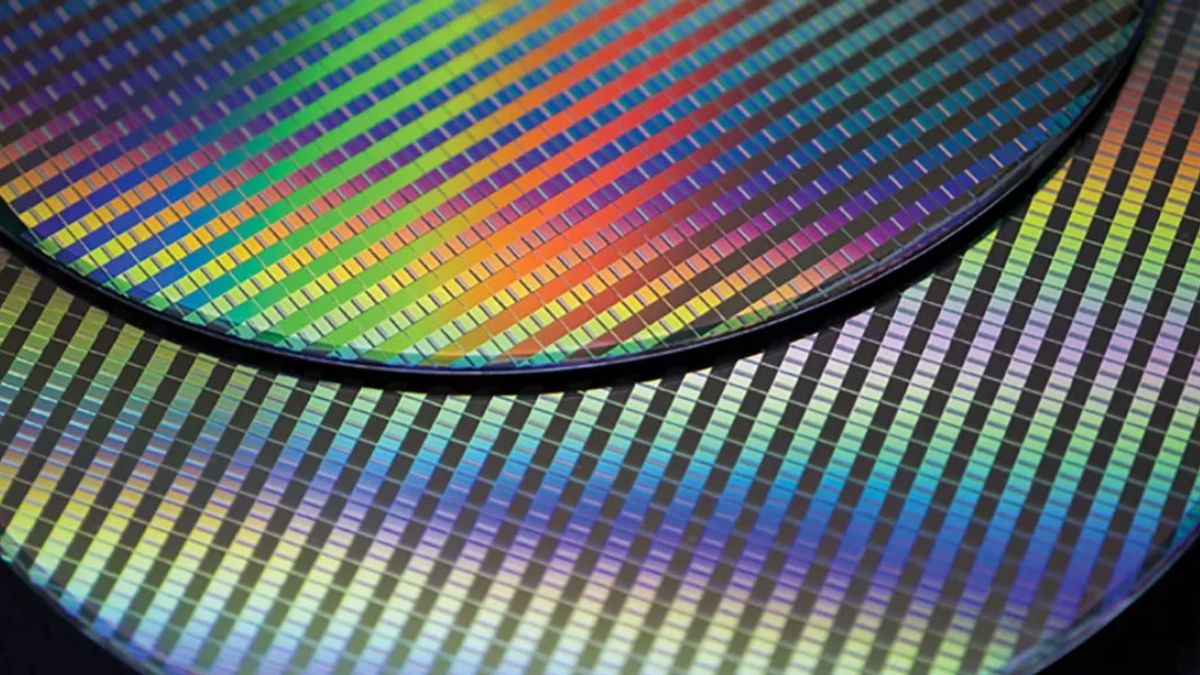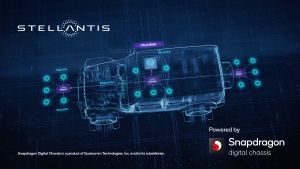JAKARTA - Taiwan Semiconductor Manufacturing Company (TSMC) recently provided an update on its plans to build chips with a 2-nanometer (nm) process that is expected to start shipping to customers in 2026.
TSMC CEO CC Wei recently officially confirmed that the company's 2nm chip will, as expected, rely on a gate-all-around transistor (GAA) which marks a change from the current Fin Field-Effect Transistor (FinFET) structure.
The fabrication process will also continue to rely on existing extreme ultraviolet lithography (EUV), with a numerical aperture of 0.33.
The technology is expected to be ready for risk-stage production by the end of 2024 and for high-volume production (HVM) towards the end of 2025. That means TSMC customers will receive their first 2nm-based chips in 2026.
TSMC consistently provides process node updates every two years, with enhanced and customized versions of existing nodes rolling out in between.
However, TSMC is not the only one let alone the first to work on a 2nm process, some of its competitors have made serious progress. IBM launched its first 2nm chip last year.
SEE ALSO:
IBM's breakthrough is very significant. The manufacturer says that using a 2nm process, it is able to fit 50 billion large transistors into a chip the size of a human fingernail. That's 20 billion more than the 5nm process when IBM announced it in 2017.
All major manufacturers are slowly moving towards smaller process nodes. Moving from 7nm to 5nm, and in the future, from 5nm to 3nm, will bring significant improvements in terms of performance and thermals.
Smaller transistors can use less power, take up less space, and promote better performance because more cores can be stacked on a smaller chip.
Likewise, switching to 2nm can result in performance that we can't imagine on computers with today's hardware, but we'll have to wait.
While TSMC says the new chip is on track to start mass production in 2025, it's unlikely to see it on PC any sooner than the second half of 2026. It's a long way to go before the 2nm process is included in a successful product.
The English, Chinese, Japanese, Arabic, and French versions are automatically generated by the AI. So there may still be inaccuracies in translating, please always see Indonesian as our main language. (system supported by DigitalSiber.id)














